Change Management Report: Strategies for Successful Change
VerifiedAdded on 2023/01/10
|10
|1160
|35
Report
AI Summary
This report provides an overview of change management principles, focusing on leadership roles, employee reactions, and strategies for successful implementation. It begins with an introduction to Pegasus Transportation, highlighting its mission and vision. The report then delves into the crucial role of change leaders in creating and communicating a vision for change, ensuring resources are available, and facilitating employee understanding and adoption of new techniques. It explores various employee reactions to change, including fear, resentment, neutrality, and enthusiasm, and outlines strategies to manage these reactions, such as explaining the process, equipping employees with necessary skills, and engaging them in the change process. The financial impact of these emotional reactions is also discussed, emphasizing the potential for financial losses if change is resisted, as well as the costs and benefits associated with successful implementation. The report concludes with recommendations for successful change management, including employee training, ownership of the change process, and collaboration between employees and managers. An action plan is proposed, emphasizing the empowerment of employees as change leaders. The report is supported by references to relevant literature and resources.
1 out of 10
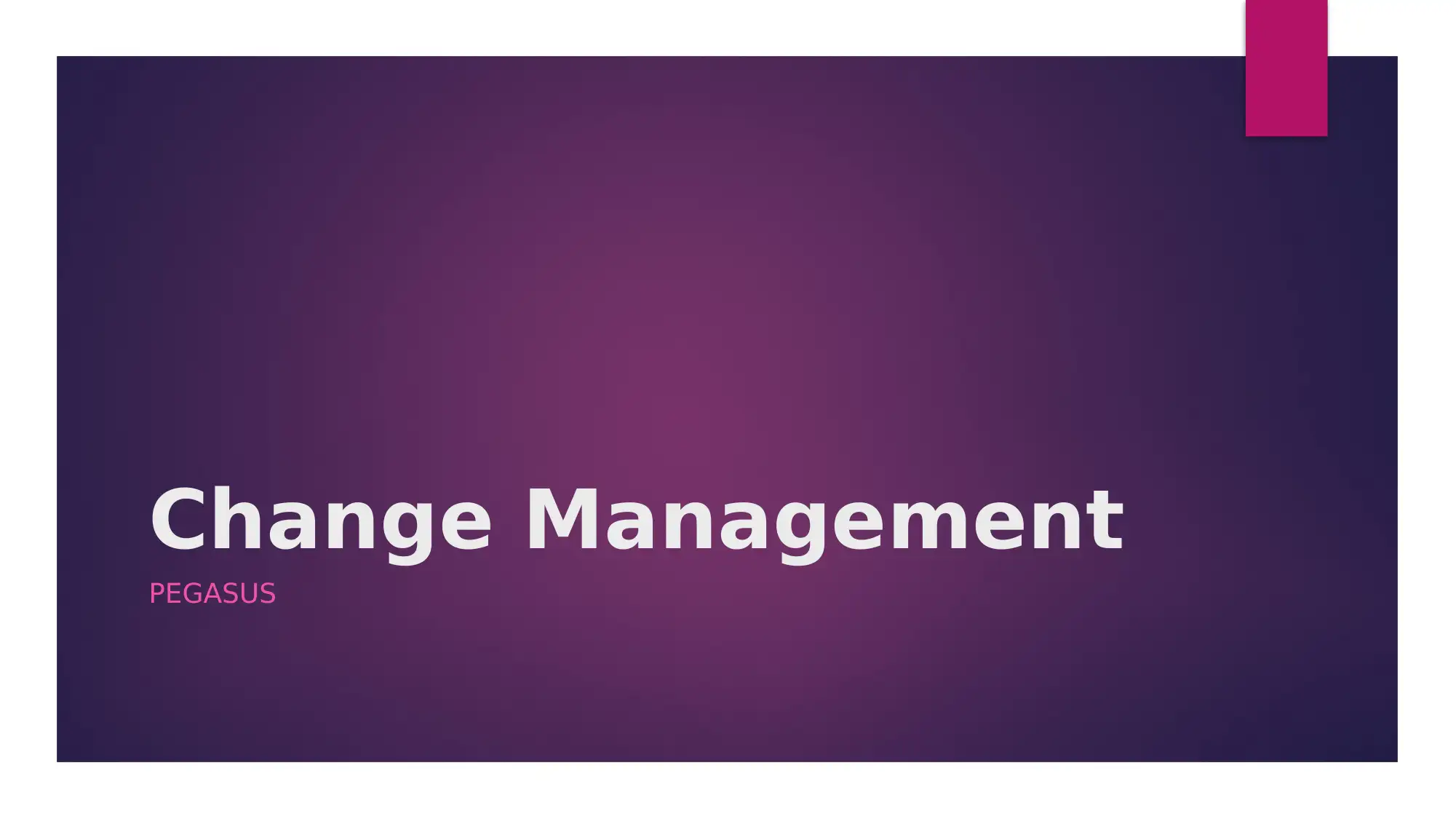
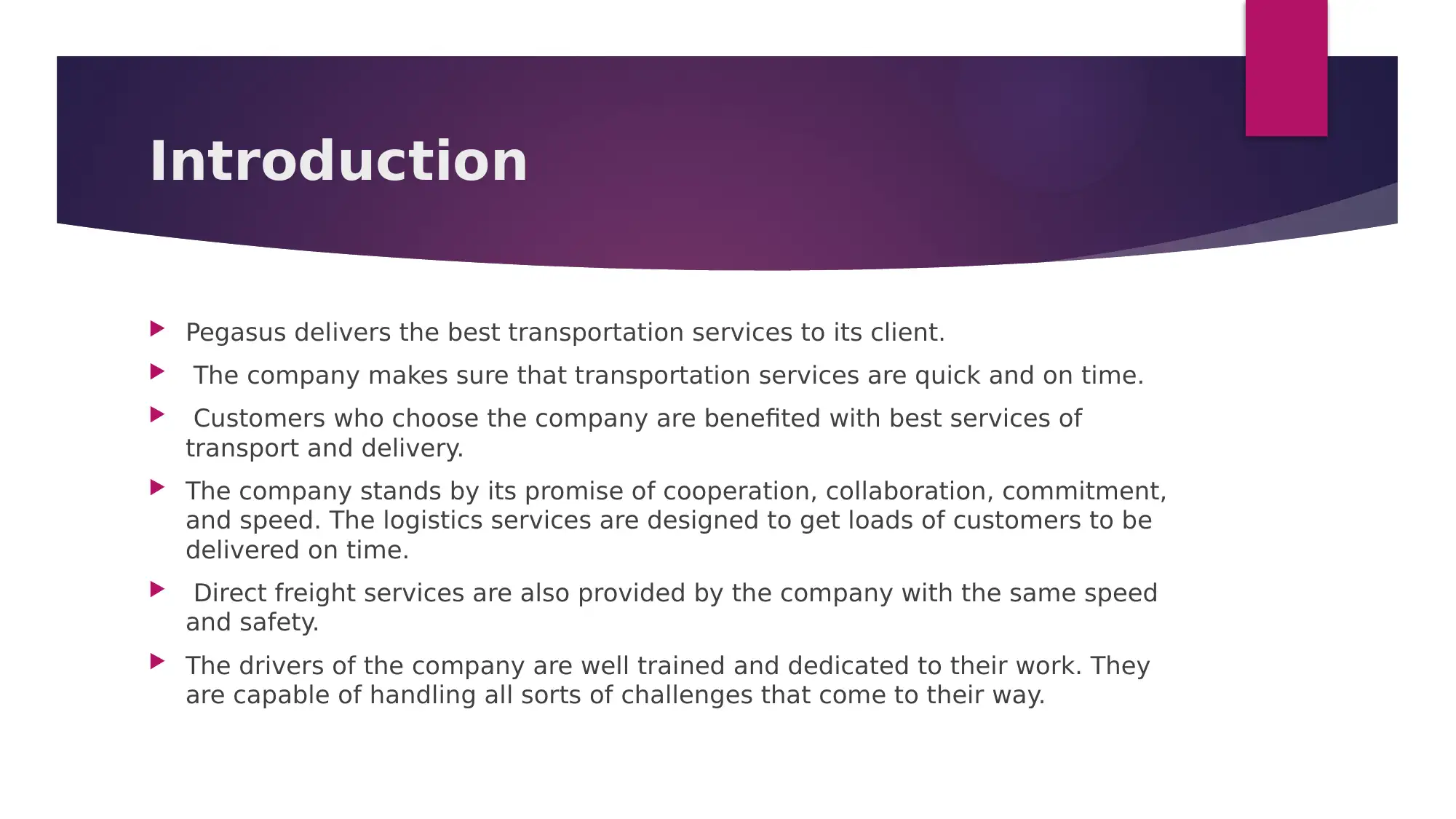


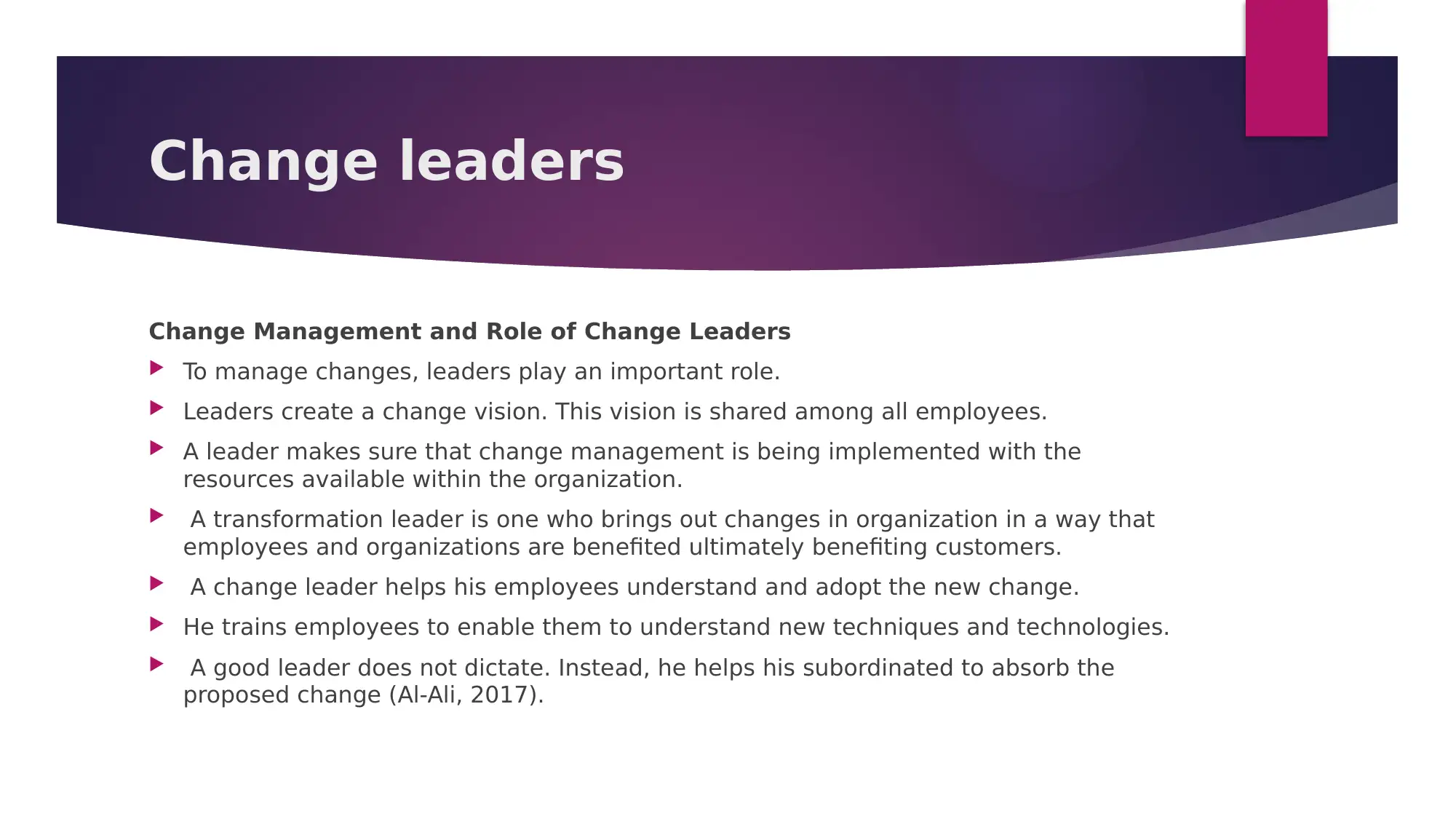
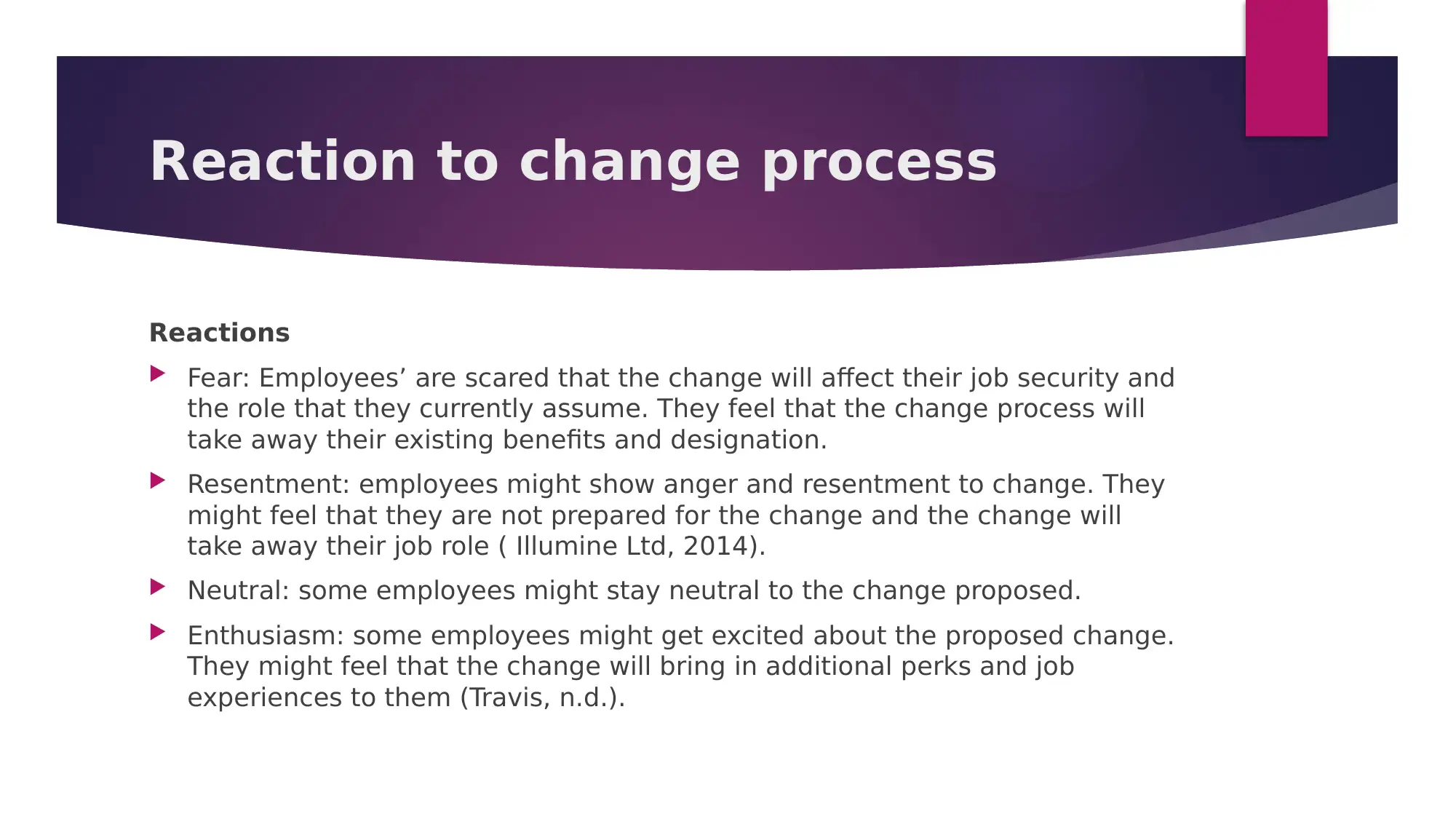


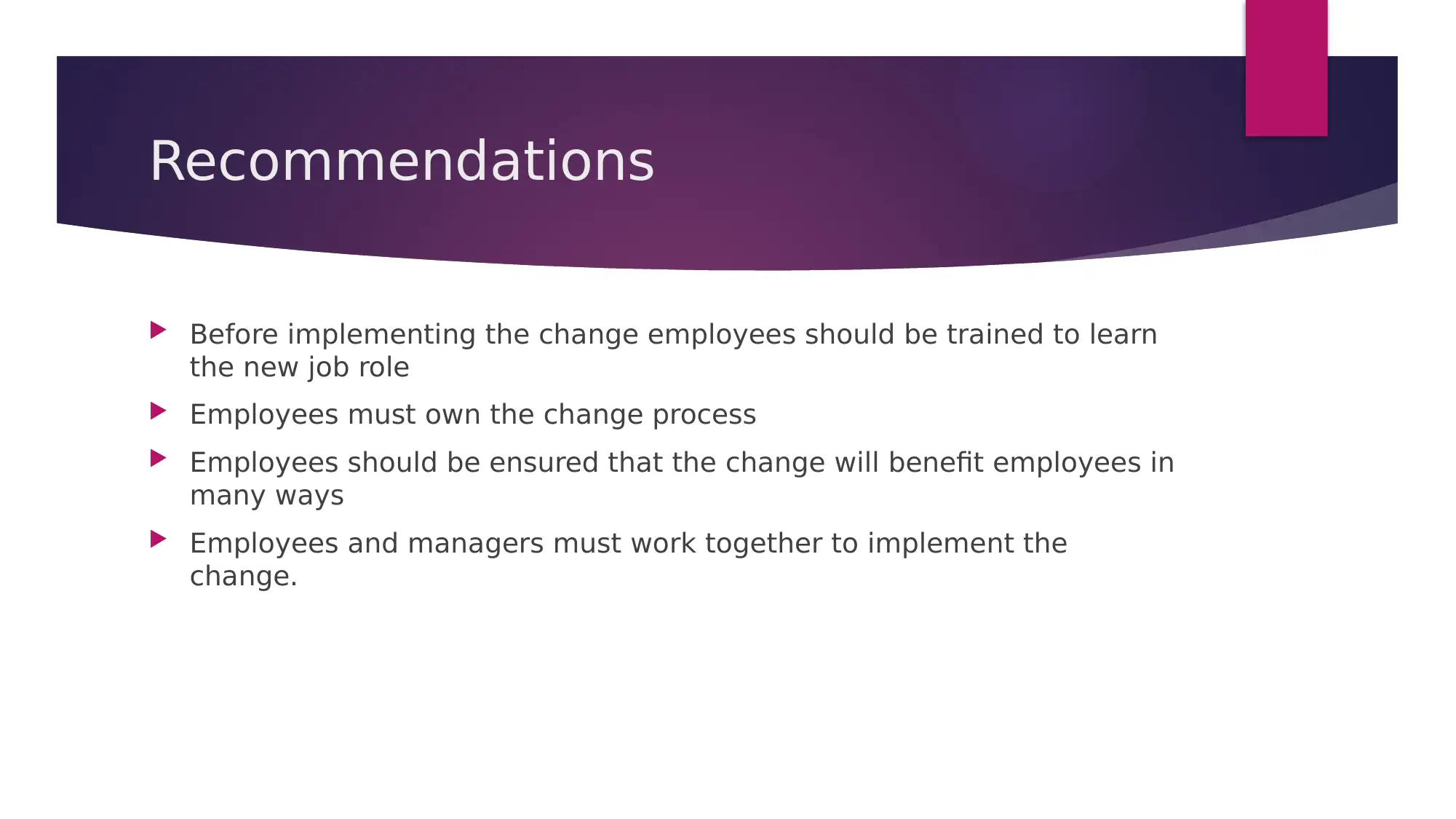
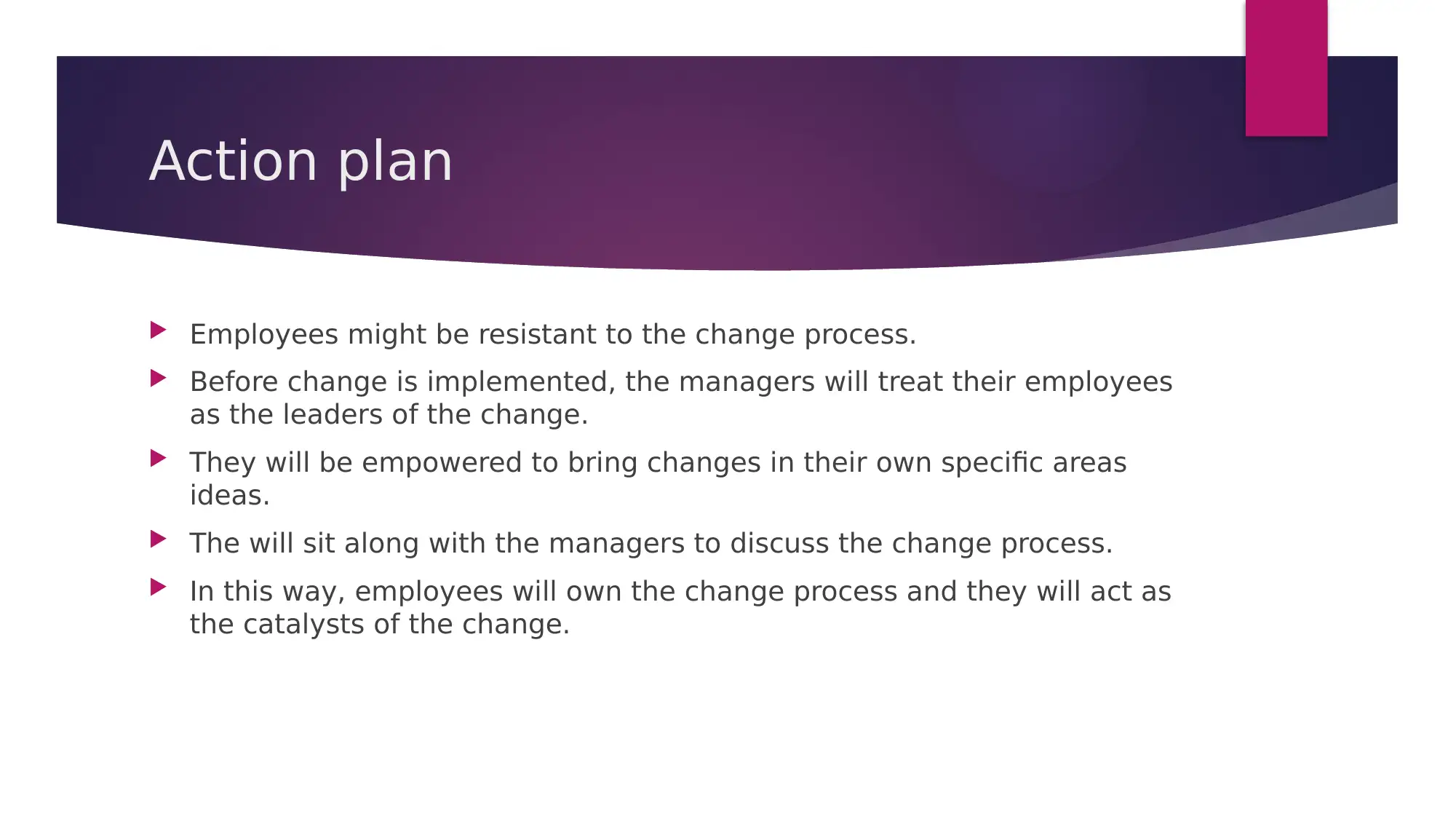
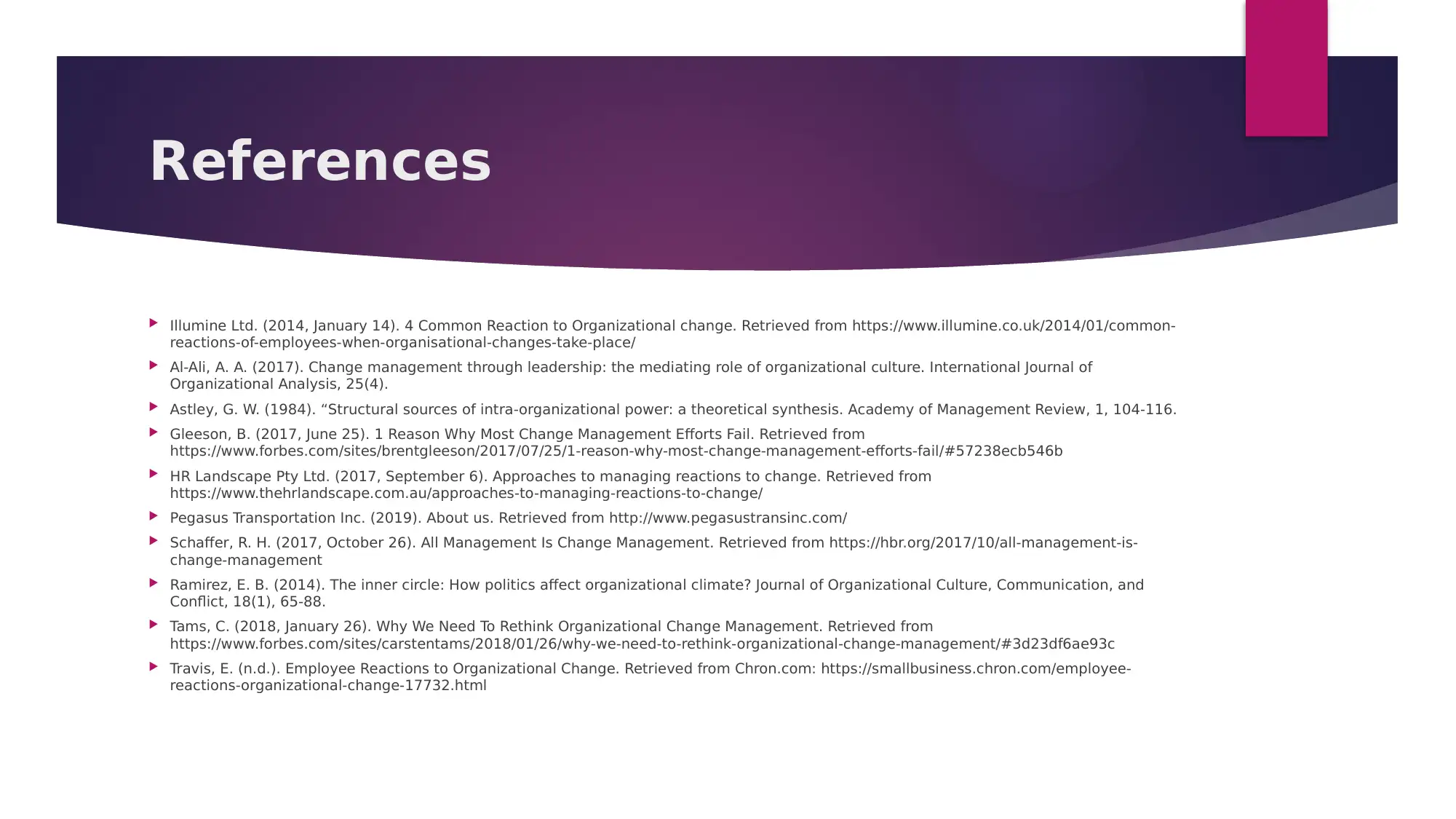






![[object Object]](/_next/static/media/star-bottom.7253800d.svg)